Showing 361–380 of 576 resultsSorted by latest
-
 $3.00Buy Now
$3.00Buy NowThis ANATOMY / BIOLOGY / HEALTH resource includes 3 sets of human skeleton posters and worksheets to help you teach the names of major bones. Each set has a color poster (great for bulletin boards) and b/w poster (great for student handouts) and each worksheet comes with and without a word bank. Bones: Skull (cranial portion, facial portion), clavicle, scapula, sternum, ribs, vertebral column, hip bones (pelvic girdle), humerus, ulna, radius, carpals, metacarpals, phalanges, femur, patella, tibia, fibula, tarsals, metatarsals.
-
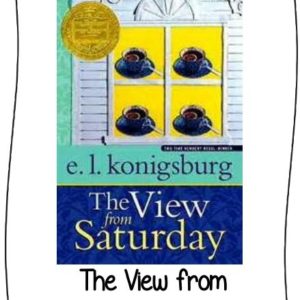 $2.00Buy Now
$2.00Buy NowThis resource offers vocabulary work, reading comprehension and discussion questions about the story and characters.
About the book (Not included):
The View from Saturday is a children’s novel by E. L. Konigsburg, published in 1996. It won the 1997 Newbery Medal for excellence in American children’s literature, the author’s second Medal. Theme of the book: “Kindness and the courage it takes to be kind.”Reading level: 6th-8th Grade
-
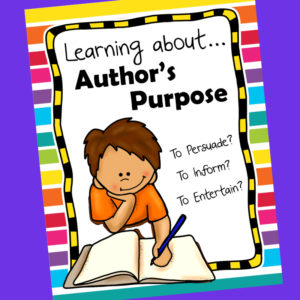 $3.00Buy Now
$3.00Buy NowAn important aspect of understanding any written text is being able to determine the author’s purpose. Was the piece written to persuade, to inform or to entertain? This Language Arts packet begins through explaining P.I.E. (and later includes a 4th purpose of writing: to express personal feelings). Students will be asked to read passages throughout and to determine the purpose of each.
-
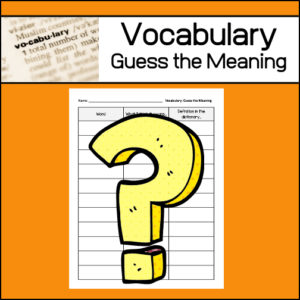 $1.00Buy Now
$1.00Buy NowOne strategy to help students learn unfamiliar vocabulary is called: Guess the meaning. This ready-to-use worksheet has been designed to be used again and again, throughout the school year as students encounter new vocabulary words. Students will write each ‘new‘ word, what they ‘think’ it means and then after looking up the word in a dictionary, they will write an actual definition.
-
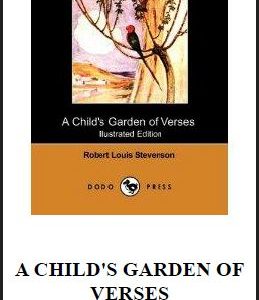 $2.50Buy Now
$2.50Buy NowThis is a downloadable copy of the book.
About the book: A Child’s Garden of Verses is a collection of poetry for children by the Scottish author Robert Louis Stevenson, a collection that concerns childhood, illness, play, and solitude. The collection first appeared in 1885 under the title Penny Whistles.About the Author: Robert Louis Stevenson (13 November 1850 – 3 December 1894) was a Scottish novelist and travel writer, most noted for Treasure Island, Kidnapped, Strange Case of Dr Jekyll and Mr Hyde, and A Child’s Garden of Verses. A celebrity in his lifetime, Stevenson’s critical reputation has fluctuated since his death, though today his works are held in general acclaim. He is currently ranked as the 26th most translated author in the world.
-
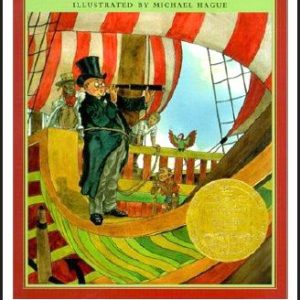 $2.00Buy Now
$2.00Buy NowThis is a downloadable copy of the book.
About the book:The Voyages of Doctor Dolittle was the second of Hugh Lofting’s Doctor Dolittle books to be published, coming out in 1922. It won the Newbery Medal for 1923.About the Author: Hugh John Lofting was an English author trained as a civil engineer, who created the classic children’s character of Doctor Dolittle. Dolittle first appeared in Lofting’s illustrated letters to his children, written from the British Army trenches in World War I. He travelled widely as a civil engineer, before enlisting in the Irish Guards regiment of the British Army to serve in the First World War. Not wishing to write to his children about the brutality of the war, he wrote imaginative letters which later became the foundation of the successful Doctor Dolittle novels for children.
-
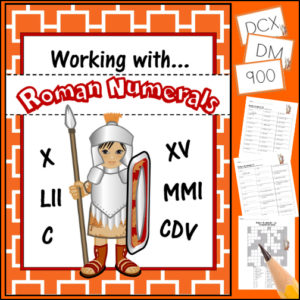 $3.50Buy Now
$3.50Buy NowThis unit has been designed to help your students learn to identify, create, add and subtract roman numerals. Includes 387 problems (13 worksheets plus a crossword puzzle).
Students will be converting numbers and number words to roman numerals and visa versa. They will also be given addition and subtraction problems (using roman numerals) to solve.
Includes:
- – 2 pgs of instructional text
- – flash cards
- – 13 worksheets
- – 1 crossword puzzle
- – answer keys
-
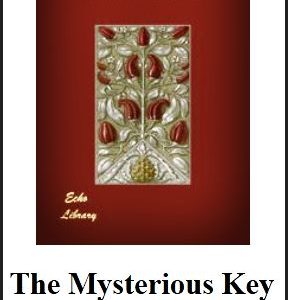 $2.50Buy Now
$2.50Buy NowThis is a downloadable copy of the book.
About the book: When Lillian Trevlyn is a baby, her father dies under mysterious circumstances, and she nearly loses her mother on the very same day. Lillian grows up to become a lovely young woman, but the mysteries of her childhood remain unsolved. Paul, an orphaned boy, enters the story as a groomsman. Though he is warmly received by the family he is furtive and evasive regarding his past and future plans. The romantic mystery of the Trevlyn family catches full fire when Paul disappears.About the Author: Louisa May Alcott was an American novelist, short story writer and poet best known as the author of the novel Little Women and its sequels Little Men and Jo’s Boys.
-
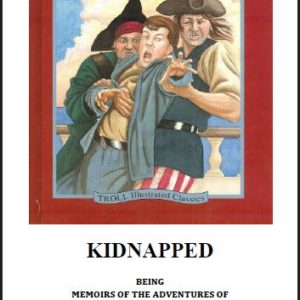 $2.50Buy Now
$2.50Buy NowThis is a downloadable copy of the book.
About the book: Kidnapped is a historical fiction adventure novel written as a boys’ novel and first published in the magazine Young Folks from May to July 1886. Kidnapped is set around real 18th-century Scottish events, notably the “Appin murder”, which occurred in the aftermath of the Jacobite rising of 1745. Many of the characters are real people, including one of the principals, Alan Breck Stewart. The political situation of the time is portrayed from multiple viewpoints, and the Scottish Highlanders are treated sympathetically.About the Author: Robert Louis Stevenson (13 November 1850 – 3 December 1894) was a Scottish novelist and travel writer, most noted for Treasure Island, Kidnapped, Strange Case of Dr Jekyll and Mr Hyde, and A Child’s Garden of Verses. A celebrity in his lifetime, Stevenson’s critical reputation has fluctuated since his death, though today his works are held in general acclaim. He is currently ranked as the 26th most translated author in the world.
-
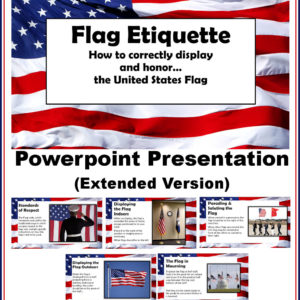 $4.00Buy Now
$4.00Buy Now32 slide PowerPoint to help students learn how to correctly display and honor the United States Flag.
-
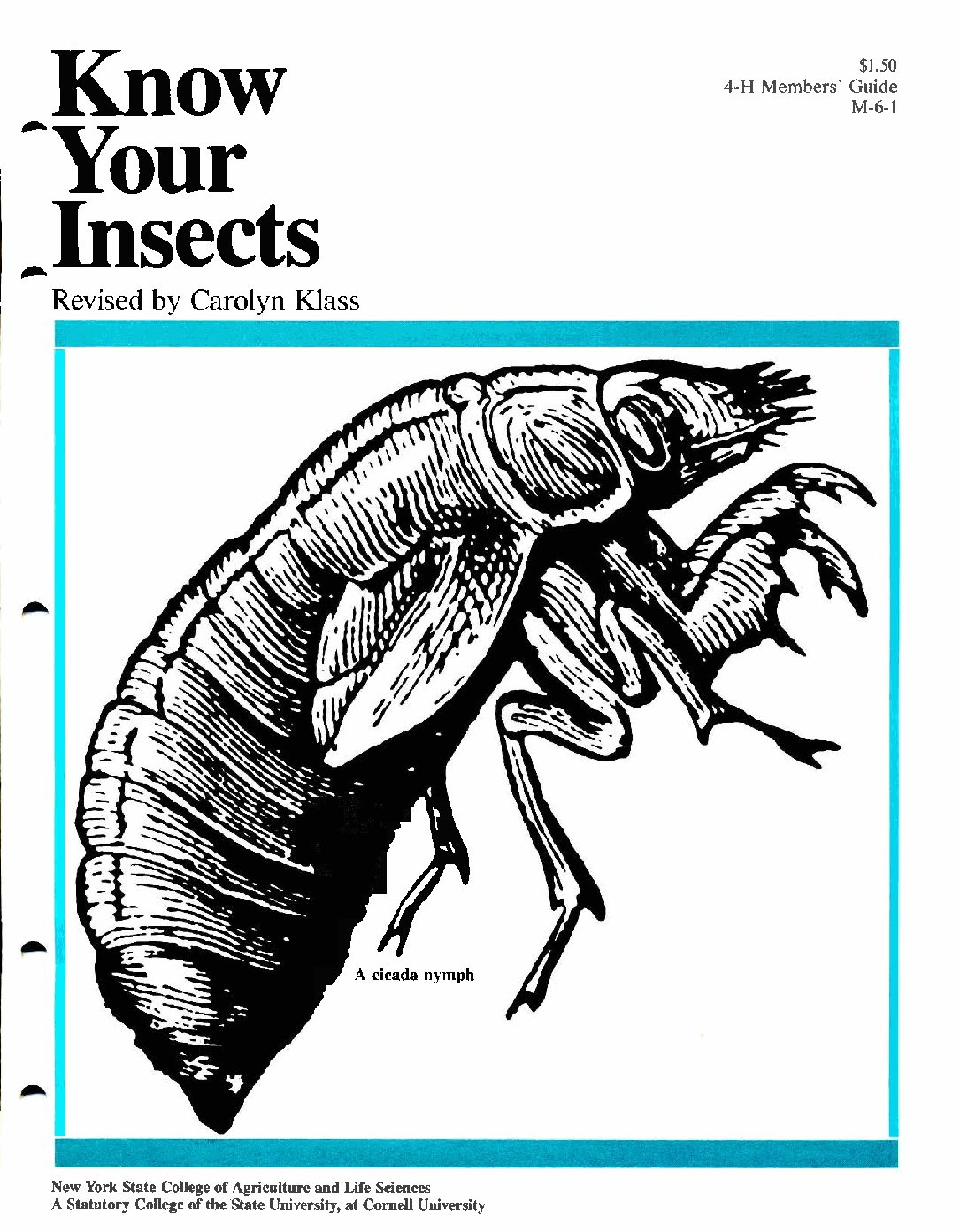 $1.00Buy Now
$1.00Buy NowThis is a small (15 page) old handout to help students learn basics about insects and how to mount them when creating an insect collection.
-
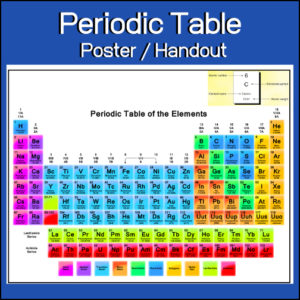 $1.00Buy Now
$1.00Buy NowYou can use this resource as a poster or a handout – the Periodic Table of Elements (with a ‘how to read each element’ visual model).
The table shows all elements through 103 Lr and is color coordinated showing:
– alkali metal
– alkaline earth
– transition metal
– basic metal
– semimetals
– nonmetals
– halogens
– noble gas
– langthanides
– actinides -
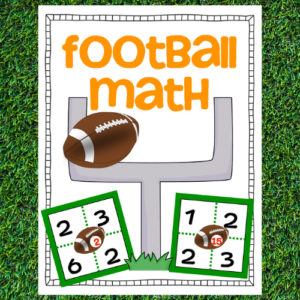 $3.00Buy Now
$3.00Buy Now* Critical thinking required! * Help students practice math skills with this fun and engaging Math game! Students will be given 4 numbers and a solution. They will need to find a way to use all four numbers to find the solution which may require a a combination of adding, subtracting, multiplying and dividing! Includes: 30 game cards.
Example of one solution:
[(6 – 2) x 3]+6 = 18 -
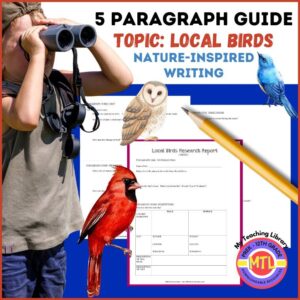 $2.75Buy Now
$2.75Buy NowEasy-to-use, step-by-step, print-and-go guide for students to use as they learn to write a 5-paragraph essay! This nature-themed resource has a local bird focus and guides students as they research, observe and write about one bird species that lives in their local area.
This 3-page resource outlines paragraph by paragraph what to include and gives space for students to write detailed notes.
What will students learn and observe about a bird species before they begin writing?
– where the bird geographically lives
– habitat(s) where they are most likely found
– physical characteristics (coloring, markings, size, bill, feet)
– diet (herbivore, carnivore, omnivore) and where/how they find/gather their food
– predators and self-protection
– interesting factsPlus, this guide will encourage students to reflect on what they have learned.
Once completed, students will be able to take the guide and their notes and write amazing 5-paragraph essays!
Use once as one assignment for one bird of their choice or use again and again to create an entire collection of essays on local birds. Regardless of where you live, these pages will have students observing and learning about local birds.
-
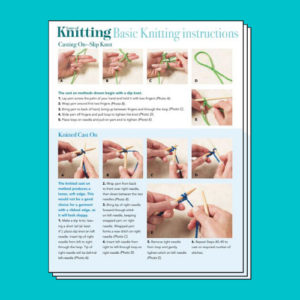 FREEBuy Now
FREEBuy NowThis free resource gives easy to follow pictures / instructions on basic knitting
-
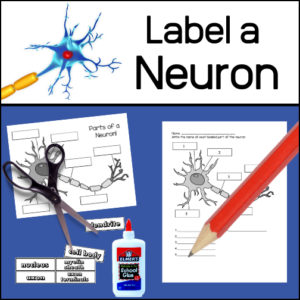 $2.00Buy Now
$2.00Buy NowThis resource is meant to help students learn and remember the basic parts of a neuron (dendrite, nucleus, cell body, myelin sheath, axon and axon terminals).
Includes:- – Poster
- – Center activity
- – 2 Student worksheets
- – Answer Key
-
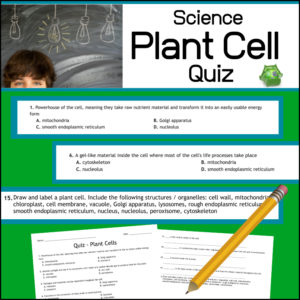 $1.00Buy Now
$1.00Buy NowThe resource is a 15 question quiz that will assess student understanding of the following structures / organelles of a plant cell: cell wall, mitochondria, chloroplast, cell membrane, vacuole, Golgi apparatus, lysosomes, rough endoplasmic reticulum w/ ribosomes, smooth endoplasmic reticulum, nucleus, nucleolus, peroxisome, cytoskeleton
-
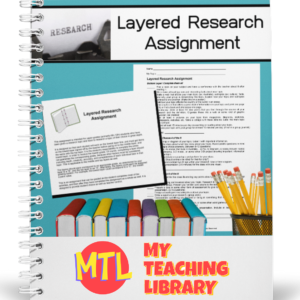 $3.00Buy Now
$3.00Buy NowThis layered research assignment gives students the opportunity to delve deeply into a topic and give students a variety of tasks from which to choose, all designed to guide and build a meaningful learning experience. Also, when using this layered approach, students will move through Bloom’s Taxonomy of knowledge, comprehension, application, analysis, synthesis and evaluation. (See below description for more details.)
Closely related resources:
-
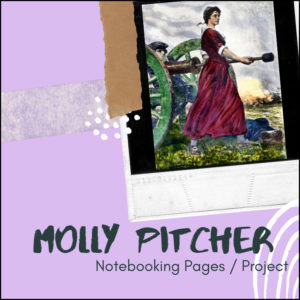 $3.00Buy Now
$3.00Buy NowMolly Pitcher is a nickname given to a woman said to have fought in the American Battle of Monmouth, generally believed to have been Mary Ludwig Hays McCauley. However, various Molly Pitcher tales grew in the telling, and many historians regard Molly Pitcher as folklore rather than history, or suggest that Molly Pitcher may be a composite image inspired by the actions of a number of real women. The name itself may have originated as a nickname given to women who carried water to men on the battlefield during War.
If you are looking for a student centered resource to help students learn and practice research skills, report writing skills, project skills, presentation skills and more. Use it within a Language Arts classroom or a Social Studies / U.S. History classroom. Very flexible and cross-curricular!
-
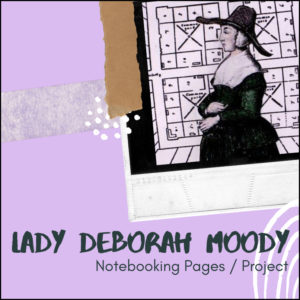 $3.00Buy Now
$3.00Buy NowLady Deborah Moody is notable as the founder of Gravesend, Brooklyn, and is the only woman known to have started a village in colonial America. She was the first known female landowner in the New World.
If you are looking for a student centered resource to help students learn and practice research skills, report writing skills, project skills, presentation skills and more. Use it within a Language Arts classroom or a Social Studies / U.S. History classroom. Very flexible and cross-curricular!

